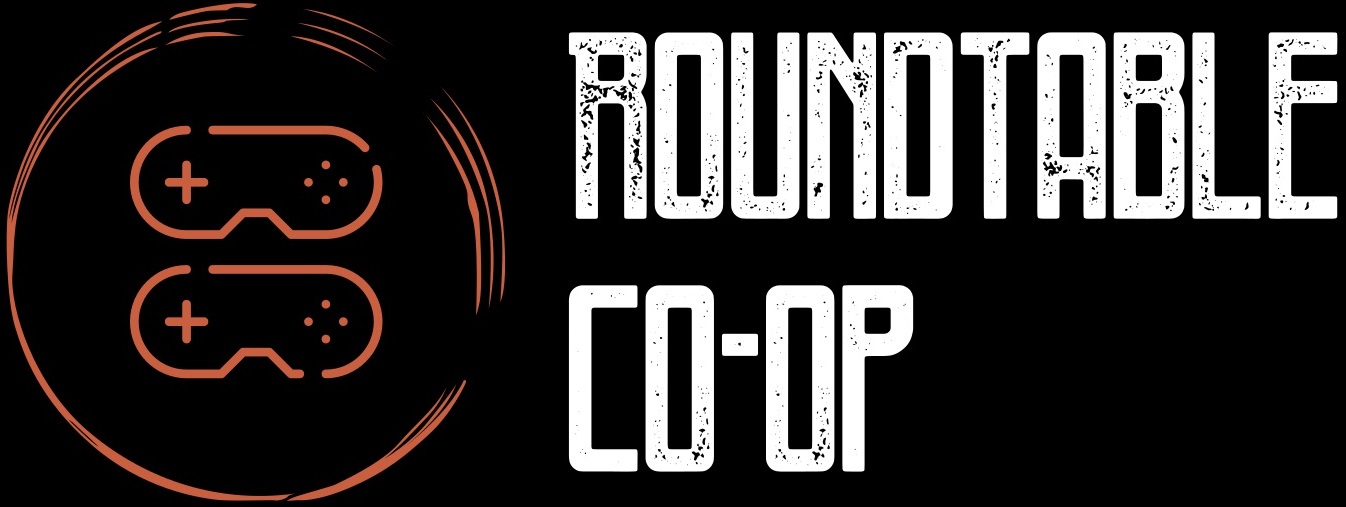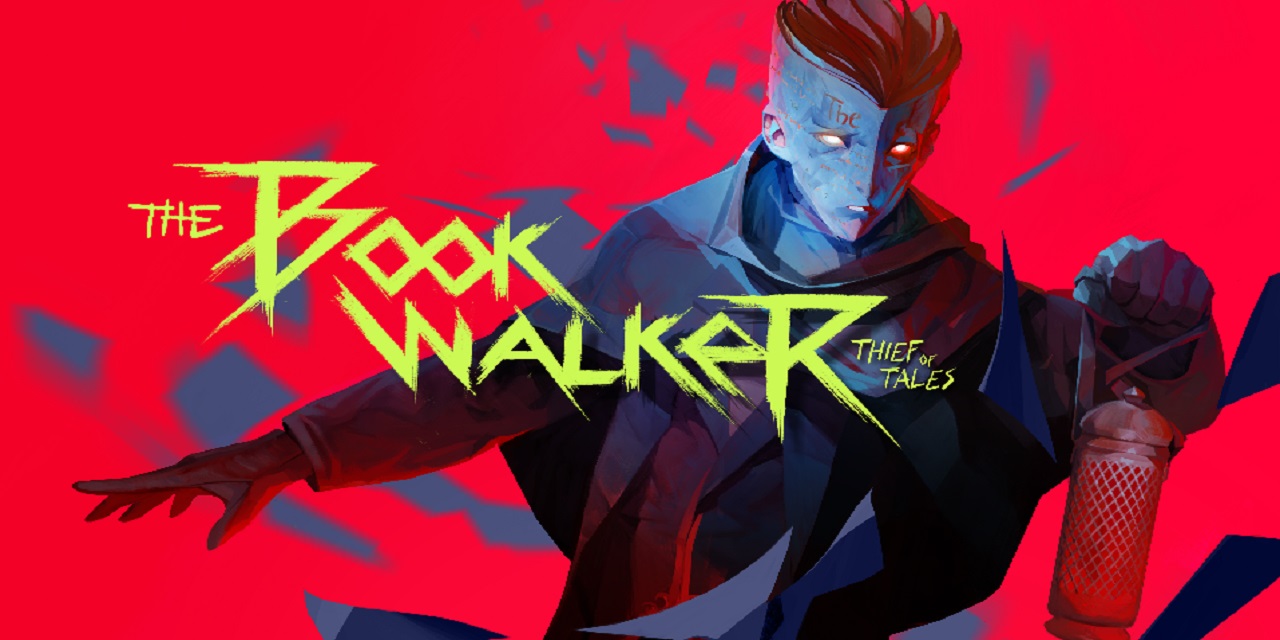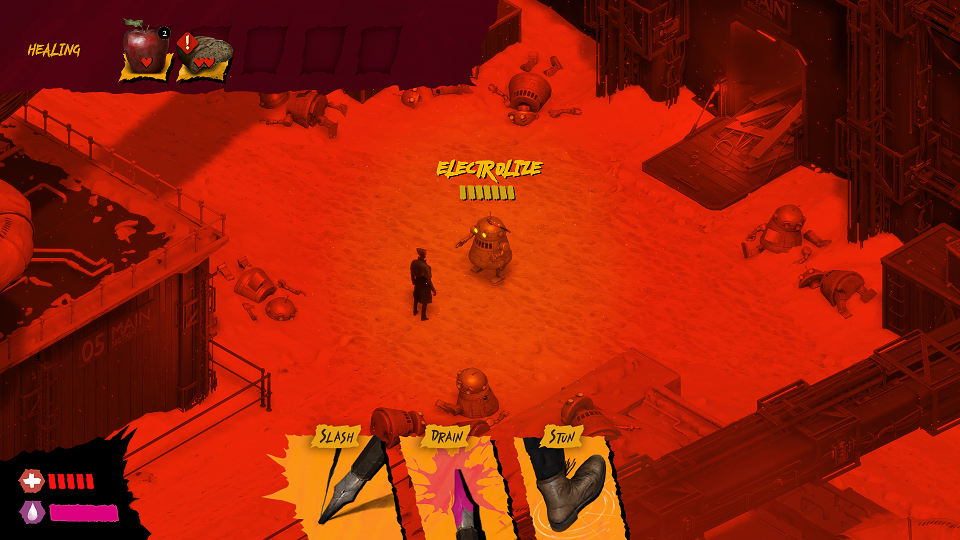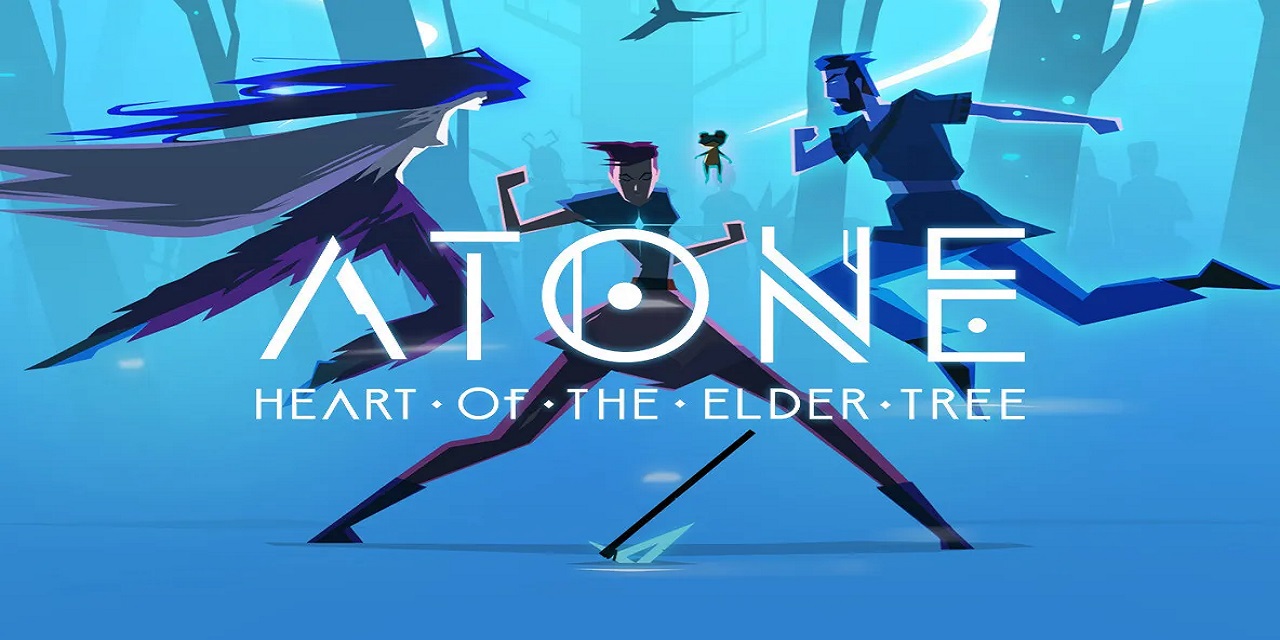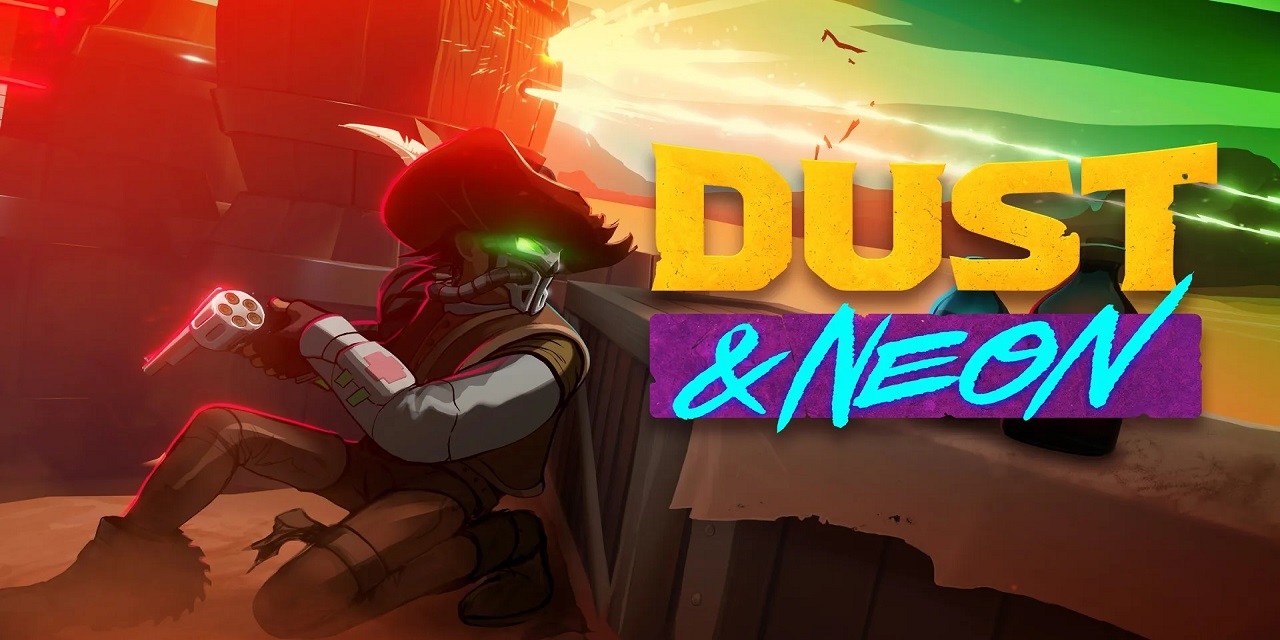The Bookwalker: Thief of Tales has a concept that intrigues me. As a fan of the Thursday Next series of books (and to a lesser extent the TV show Gumby) how could it not? The idea of entering a book and moving amongst its characters and environments appeals to me.
Developed by two-person studio DO MY BEST and published by tinyBuild, The Bookwalker: Thief of Tales puts players in the shoes of Etienne Quist, a former writer who has been sentenced to 30 years of writer’s block for an unknown crime, preventing him writing anything. When a shadowy figure asks him to do some jobs in exchange for removing the writer’s block, Etienne becomes the titular Thief of Tales.
The Real World
The game is divided into two parts: the book world and the real world. Etienne starts in the real world as players get some opening exposition and world-building. This section is presented in the first-person view and controls like every other first-person game. Players can wander round, speak to neighbours, and see the squalor they live in.
At first glance there’s not a lot to do in the real-world sections. It’s tempting to rush through them. They don’t feel as action packed as the book world, but they are integral to telling Etienne’s story. Exploring the block of flats he lives in fleshes out his life and shows how this world treats those that have been sentenced to writer’s block. From the neighbours to the mail Etienne receives, it all weaves together to paint a graphic picture.
It doesn’t take long for Etienne to be contacted by a shadowy figure that wants him to enter books and steal fictional items. It’s here that you meet your companion, Roderick, who guides you through the first book and becomes Etienne’s sounding board.
The Book World
While I enjoyed the world building of the real world, the book world was the main attraction. There are six books in The Bookwalker: Thief of Tales, each with its own beautifully presented environment and very different aesthetics. The view switches from first-person to an isometric top-down perspective, a stark difference between the two realities that tells the player where they are.
The book world is also where there is the most to do. On his journey to steal a book’s item, Etienne can get to know said book’s characters. This is key to solving the puzzles within. Exploration is rewarded with materials that can be used to craft items such as lock picks and crowbars to open paths forward.
The dialogue in The Bookwalker: Thief of Tales has plenty of options and gives Etienne different choices in how to tackle obstacles. There is combat but certain dialogue selections may allow you to skip fights altogether.
The Bookwalker: Thief of Tales Combat
Combat itself is turn based. Etienne starts with three abilities: Slash, Drain and Stun. Slash deals damage while Stun stuns all enemies and deals less damage. Both abilities use Ink, a limited resource that can be replenished through crafted items or by using the Drain ability. Progressing through the game unlocks more abilities and upgrades.
Learning when to use an ability is key. Enemies will tell you what move they will use next, giving players the choice to tank a hit, stun the enemies or shield Etienne when that ability is unlocked. It gives players some agency and results in more strategic fights.
The Bookwalker: Thief of Tales includes a wake-up ability, allowing Etienne to traverse between the book world and the real world. It seemed like a very cool mechanic when I first encountered it but turned out to be a forced thing. Every time I had to do it to move forward, it was obvious how to proceed and, unlike the interludes between books, the real world doesn’t present any new information. For such a big mechanic it seems wasted and superfluous.
I had issues with some of the on-screen text. Predominantly in the real-world sections I would interact with something to get a description but couldn’t read everything as the text didn’t wrap. Instead, it continued off the side of the screen.
The Bookwalker: Thief of Tales Summary
Each of the six books are original tales. Players might be familiar with some of their elements, like Thor’s Hammer and Excalibur, but their tales are unique. The books have their own story to tell, complementing Etienne’s journey.
Issues aside, The Bookwalker: Thief of Tales is a gorgeous narrative driven puzzle game. The bleakness of the real-world contrasts with the environments and themes of the books Etienne enters. Puzzles are challenging and differ greatly from book to book never feeling stale. I recommend anyone that thinks this game looks interesting to try it. They won’t be disappointed.
This review was conducted on a PC with the Xbox Game Pass version of the game. The Bookwalker: Thief of Tales is out now on PC (Steam, Epic Games, GOG), Xbox and PlayStation.
